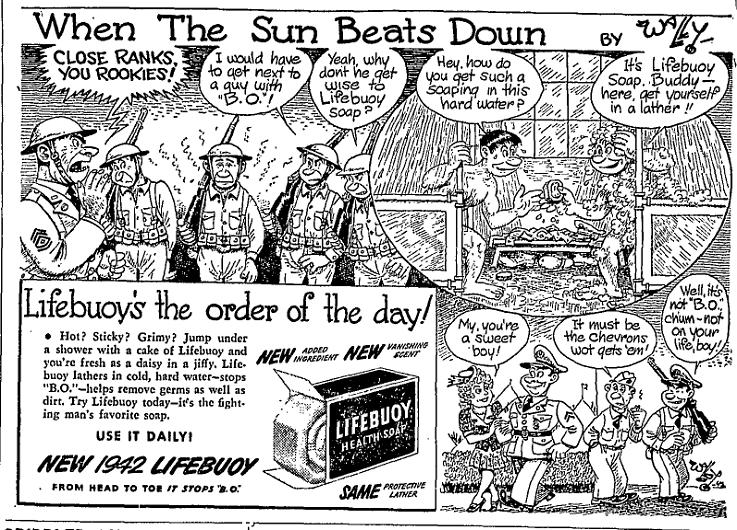The Guttmacher Institute reports that the decades long fall in the rate of surgical abortions has plateaued:
Decreasing abortion rates is something that most Americans support. Sharon Camp, president and CEO of Guttmacher, suggests that greater availability of cheap effective contraception might help jump start the decrease. That seems like a politically safe recommendation. What say you?
Lisa Wade, PhD is an Associate Professor at Tulane University. She is the author of American Hookup, a book about college sexual culture; a textbook about gender; and a forthcoming introductory text: Terrible Magnificent Sociology. You can follow her on Twitter and Instagram.



























